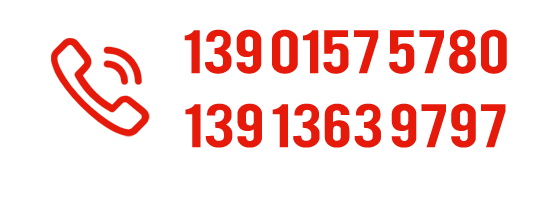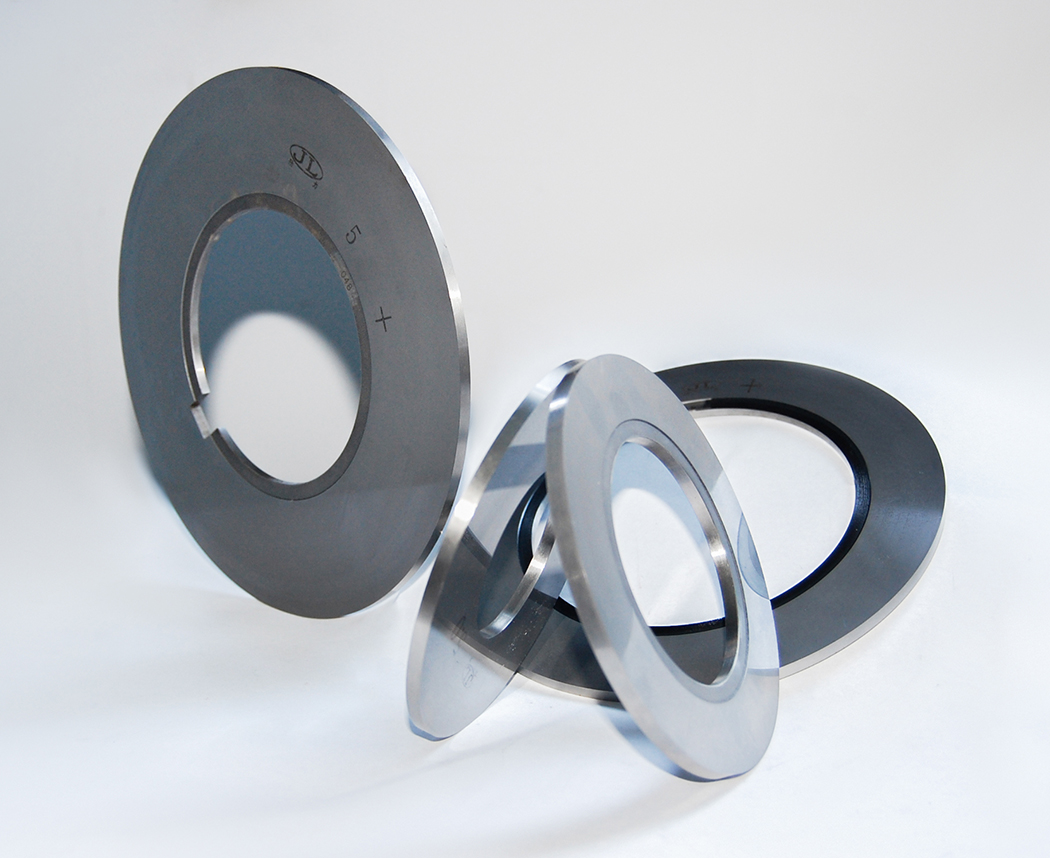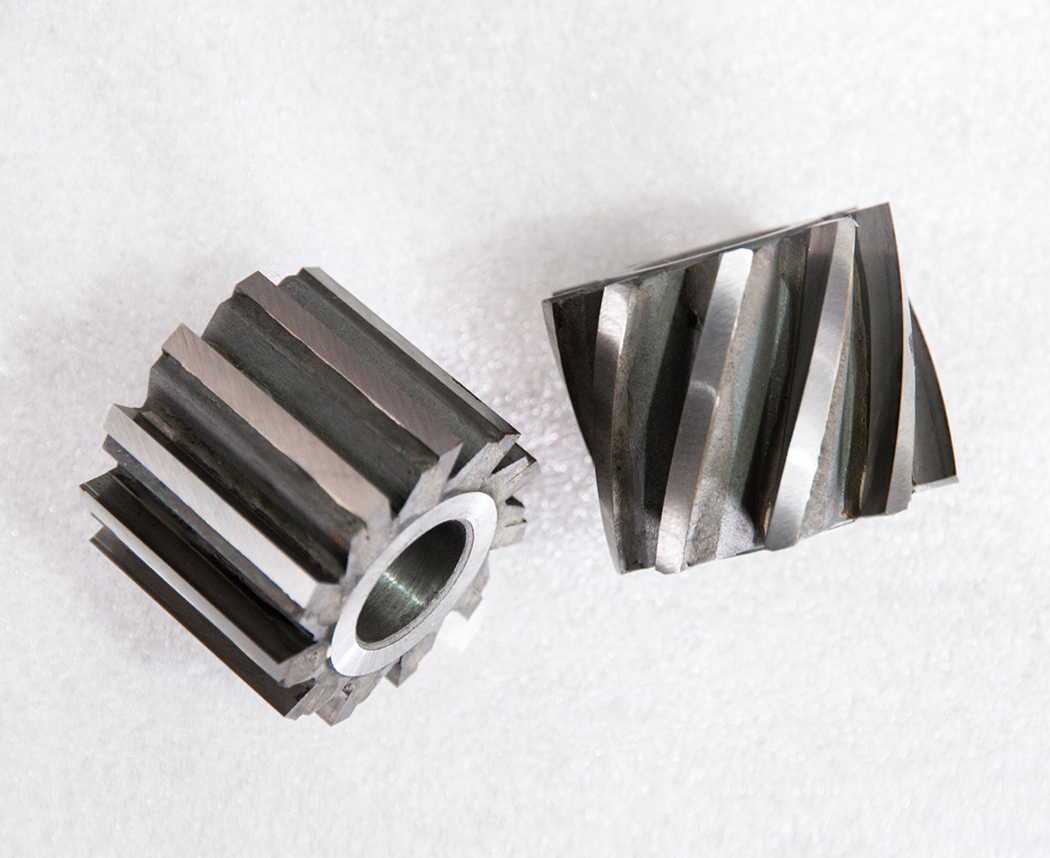News Center
Recommending Products
Contact: Mr. Jin
Tel: 13901575780
0512-52428686
Contact: Mr. Zha
Tel: 13913639797
0512-52422071
Address: No. 59, Huyi Road, Liantang, Shanghu Town, Changshu City, Jiangsu Province.
What should be noted when using toothed saw blades
When using a toothed saw blade, the core focus is on two key points: "safe operation" and "extending service life". It is important to pay attention to installation, operation standards, and daily maintenance.Sources:www.guangtaichang.cn | PublishDate:2025.09.29
1. Before installation: Confirm matching and status
Check if the saw blade model matches the spindle speed and power of the equipment (such as cutting machines and sawing machines) to avoid tooth breakage or breakage of the saw blade due to mismatched speeds.
Check the appearance of the saw blade, confirm that the blade head is free of defects or cracks, the saw teeth are not deformed, and the saw blade has no obvious wear or rust. Saw blades with problems are prohibited from use.
During installation, it is necessary to clean the main shaft and flange of the equipment to ensure that there are no impurities or oil stains. The specifications of the flange should match the aperture of the saw blade. When tightening the nut, the force should be even to prevent the saw blade from loosening.
2. During operation: Strictly abide by safety and regulations
Before starting the equipment, it is necessary to confirm that there are no obstacles around, and the operator should wear protective equipment (such as goggles, gloves, earplugs) to avoid getting their body parts close to the rotating range of the saw blade.
After the device is started, let the saw blade idle for about 30 seconds, observe whether the saw blade rotates smoothly, whether there is any abnormal noise or vibration, and confirm that it is normal before starting cutting.
When cutting, maintain a constant speed to advance the material and avoid excessive force or sudden stopping to prevent the saw blade from being overloaded; If the material is stuck, the machine should be stopped immediately, the fault should be eliminated before continuing, and forced cutting is prohibited.
3. Maintenance and Storage: Ensuring Performance and Lifespan
After each use, promptly clean the surface of the saw blade of chips and oil stains, and use a special cleaning agent to wipe it to avoid the accumulation of chips affecting the cutting accuracy of the next time.
When the saw blade is not used for a long time, it should be hung vertically or placed flat to avoid deformation caused by stacking and compression. At the same time, the storage environment should be dry and ventilated to prevent the saw blade from rusting.
Regularly check the wear of the saw blade. When the saw teeth become dull or the blade head is severely worn, it should be repaired or replaced in a timely manner. Do not continue to use dull saw blades to avoid increasing equipment load and safety risks.
Prev:
None





